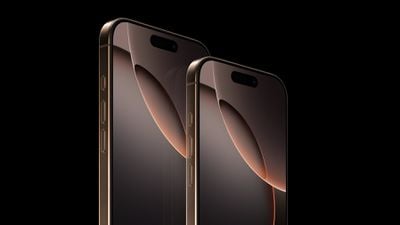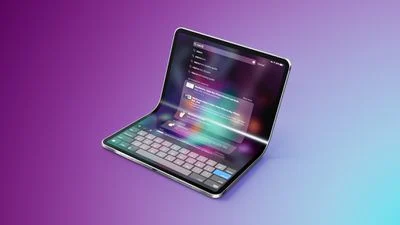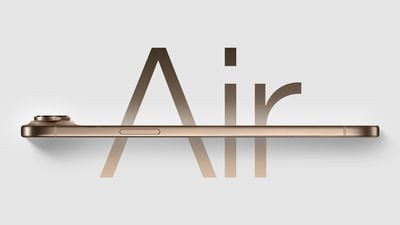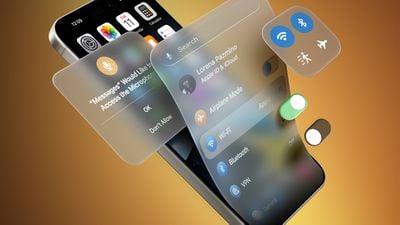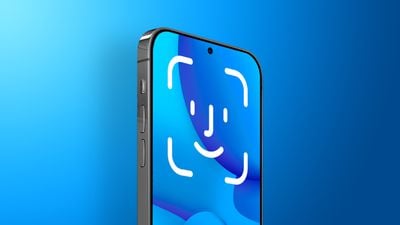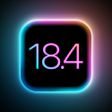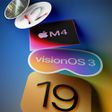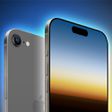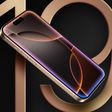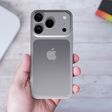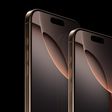On February 9, Apple started offering "extra credit" for Mac trade-ins in the U.S. and select other countries, but the offer is quite misleading.
![]()
Apple's website says the extra trade-in credit for Macs is available with the purchase of an eligible new Apple device through April 2, yet the values listed have already decreased before that date, which is something the average customer likely wouldn't realize.
As of February 9, the listed trade-in values had increased by between $10 and $50 in the U.S., but some of the values have already decreased since then.
Apple could choose to argue that the trade-in values would have dropped even lower had the "extra credit" boost not been in effect, but to us it still feels disappointing, if not disingenuous, for the company to have lowered some of the values prior to April 2.
The chart below provides an overview of the situation.
| Model | Values as of Today | Values as of February 9 | Values as of February 8 |
|---|---|---|---|
MacBook Pro |
Up to $860 |
Up to $925 |
Up to $915 |
MacBook Air |
Up to $410 |
Up to $435 |
Up to $425 |
MacBook |
Up to $120 |
Up to $140 |
Up to $90 |
iMac |
Up to $315 |
Up to $315 |
Up to $305 |
iMac Pro |
Up to $435 |
Up to $455 |
Up to $405 |
Mac mini |
Up to $325 |
Up to $375 |
Up to $365 |
Mac Studio |
Up to $1,150 |
Up to $1,150 |
Up to $1,140 |
Mac Pro |
Up to $710 |
Up to $720 |
Up to $670 |
So, if you are planning to trade in your Mac, know that the "extra" credit might actually mean even less credit than you would have received last month.
Trade-ins can be completed on Apple's website or at an Apple Store, and the credit can be applied towards the purchase of a new Apple product, or placed on an Apple gift card for later use. Visit the trade-in page on Apple's website for more details.


 Note: MacRumors is an affiliate partner with Disney+. When you click a link and make a purchase, we may receive a small payment, which helps us keep the site running.
Note: MacRumors is an affiliate partner with Disney+. When you click a link and make a purchase, we may receive a small payment, which helps us keep the site running.



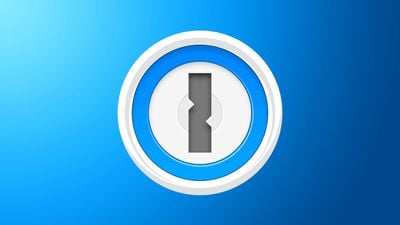 Note: MacRumors is an affiliate partner with 1Password. When you click a link and make a purchase, we may receive a small payment, which helps us keep the site running.
Note: MacRumors is an affiliate partner with 1Password. When you click a link and make a purchase, we may receive a small payment, which helps us keep the site running.